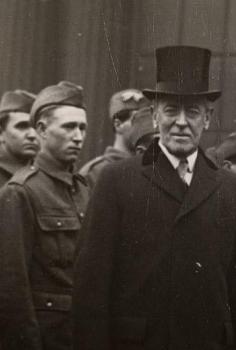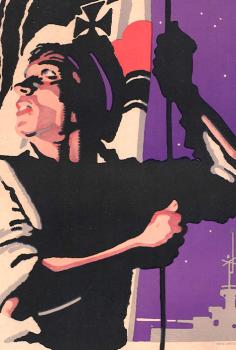
In this lesson, students explore China’s largely overlooked but deeply influential role in World War I. Although China was prevented by Japan from sending combat troops, it contributed more than 140,000 laborers to the Allied war effort—performing essential work such as building roads, repairing railways, unloading supplies, and helping rebuild Europe after the Armistice.
Despite their sacrifices, China’s contributions were undervalued at the Paris Peace Conference, where Western powers awarded the Shandong Peninsula to Japan instead of returning it to China. Students will investigate how this decision led to national outrage, the May Fourth Movement, and ultimately contributed to the rise of communism in China. By examining cause-and-effect relationships, students will see how global events shaped China’s political transformation in the early 20th century.







